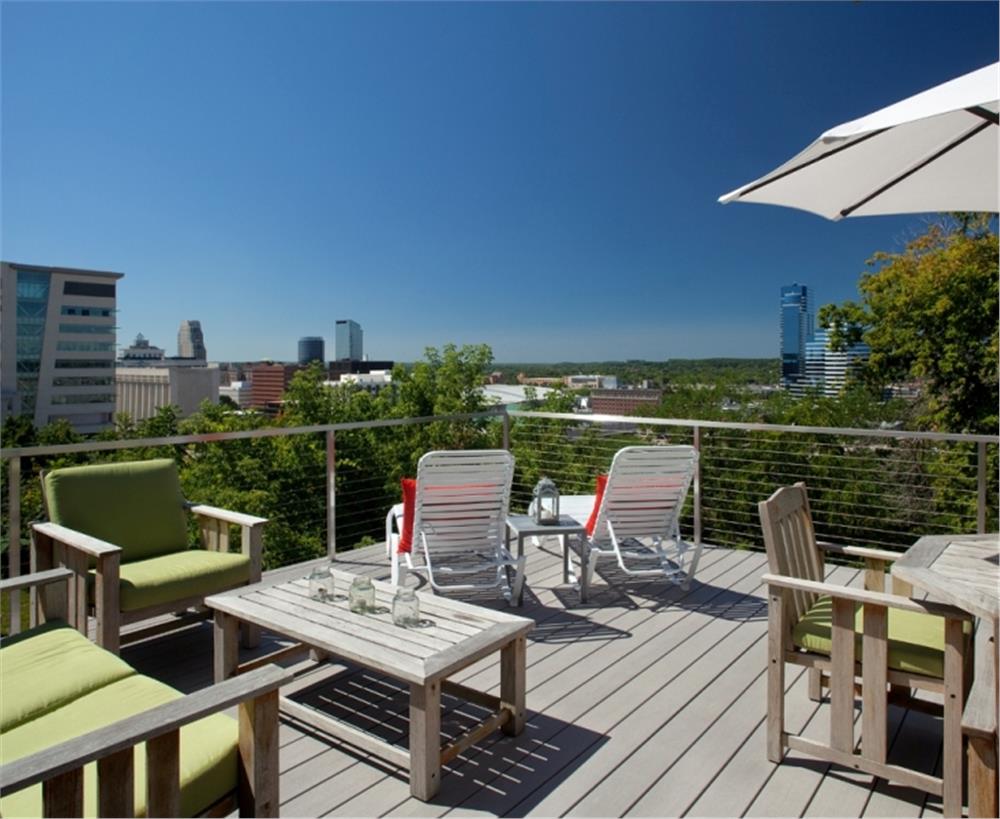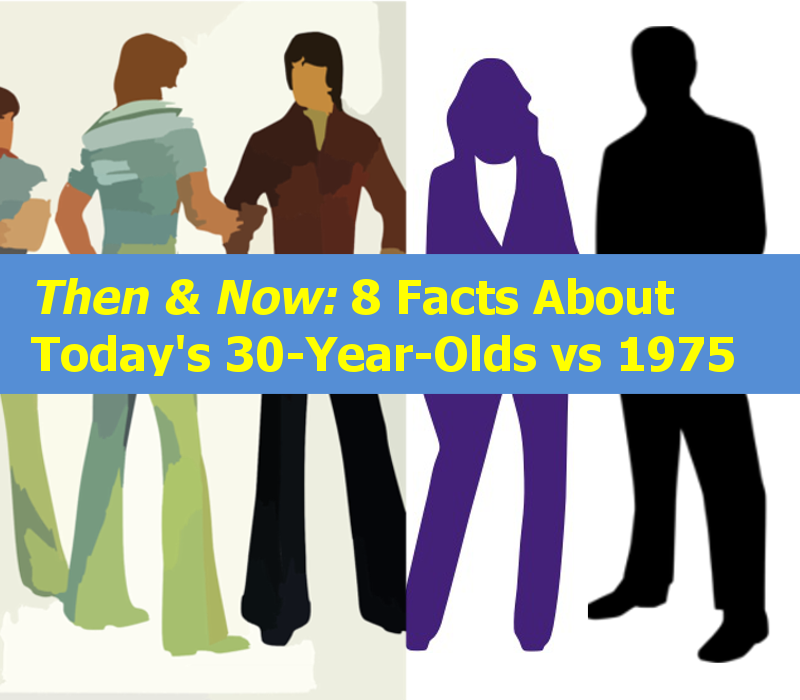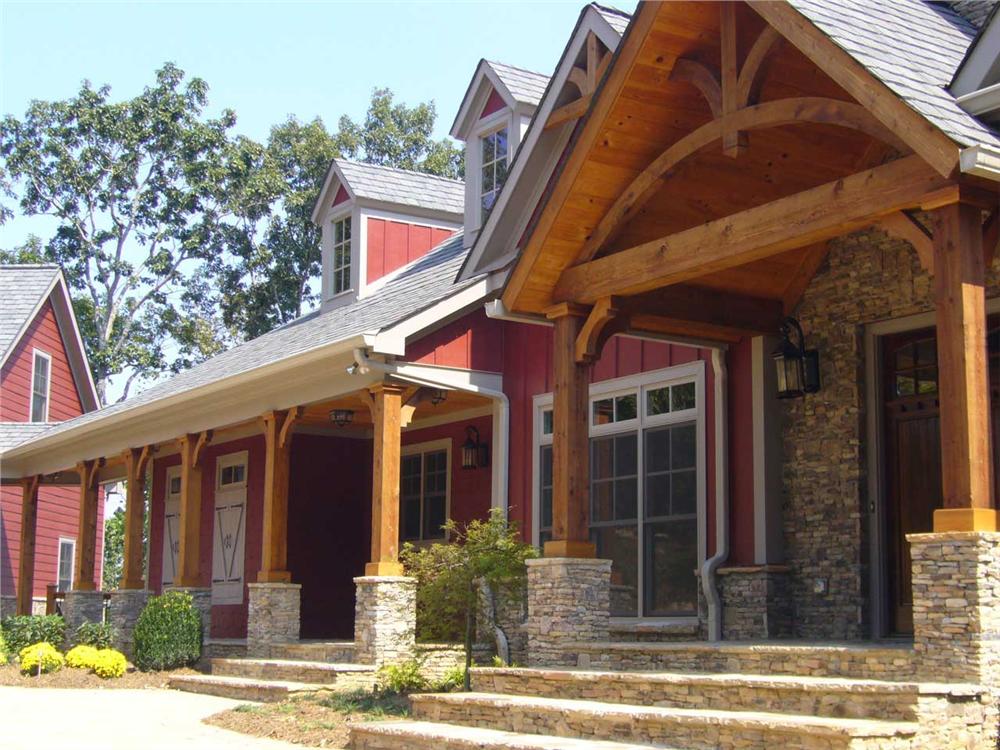
Now that the housing market has recovered, many people are examining their options when it comes to selling their homes, upgrading, looking at online house plan websites like The Plan Collection and moving to new neighborhoods. What should a person look for when they are going through this process?
Most real estate agents will tell you  nice neighborhoods and good schools, for those with kids, sell a home. These facts alone help the value hold, and makes it easy to sell when you are ready to move on. But the bottom line is … how do you know what a neighborhood is really like? The following are some tips to review:
Make a List
First, write down a list of what you do and don’t want in a neighborhood. Then review this list every time you shop. The list might include ideals like a parks and streets with lots of trees and flowers, hiking or bike trails, a close-knit community; churches, or museums, or a quaint downtown featuring shops and restaurants.
Next, after you have found a nice neighborhood that interests you, visit it often and walk around, visit restaurants, attending an open house or two, visit restaurants and coffee shops, and just hang out. Look for bus stops, and local transit. Check to see how many “For Rent” signs there are.
Look around to make sure the trash is picked up, and notice if the streets are paved versus filled with potholes. Look for cracked sidewalks, vacant homes, and an overgrowth of weeds or streetlights in need of repair. What’s the ratio of homes to condos or apartments? Has the garbage been picked up. Streets are paved and well-maintained. Beware of broken streetlights, cracked sidewalks, and lots of vacant homes with yards filled with weeds.
Select a neighborhood
Once you have isolated a few neighborhoods, knock on doors and chat with neighbors. Ask people about the crime, traffic, noise, and any other neighborhood pros and cons.
Notice if you see families walking on the sidewalks and children walking to school or walking dogs and families playing in parks.
And always remember to review the actual crime statistics on local city police department websites by district. If you are raising children, another thing to look at online is test scores at GreatSchools.org, for the schools’ scores which are based on performance on state standardized tests. The ratings look like this chart below.
Last, think of your new neighborhood as meeting your needs for at least five years. During housing crash, some home values held up better than others. You can find historical sale prices in your county’s property tax records.
Homes located close to major employers and in city centers are in high demand.
Major economic developments in a community or nearby cities changes neighborhoods dramatically – everything from new corporations or manufacturing plants to new train stations and/or airports.
Of course while you are researching the town and neighborhood that you hope to live in, shop for house plans online to get ideas for building your new home economically.





